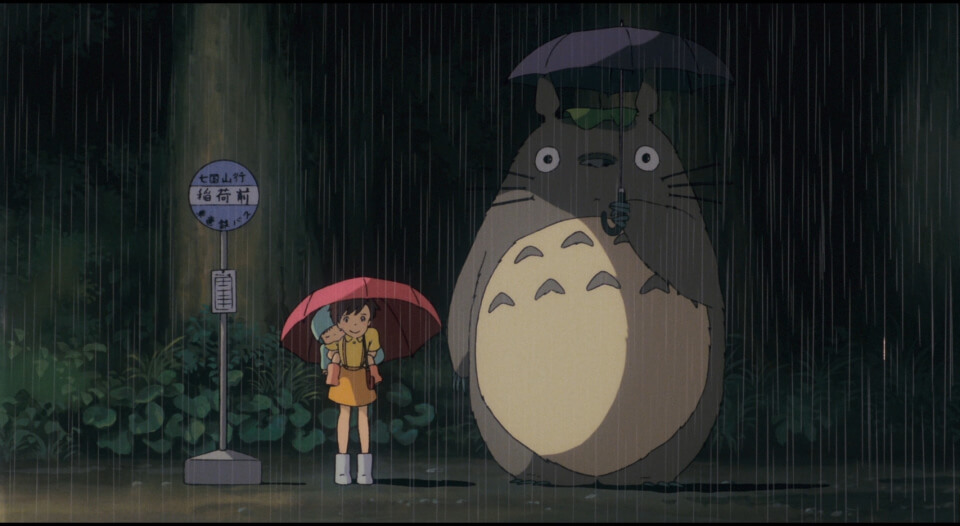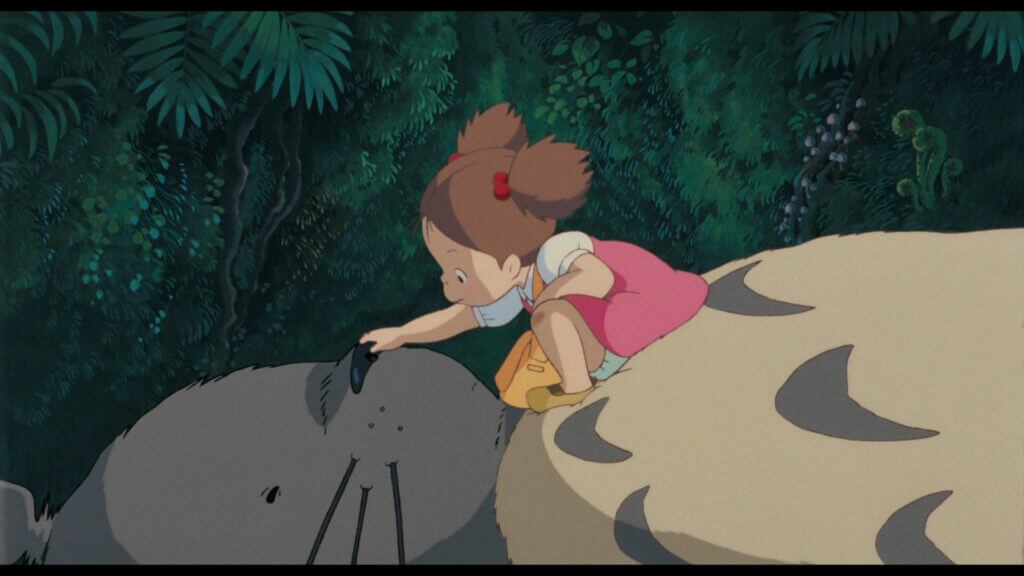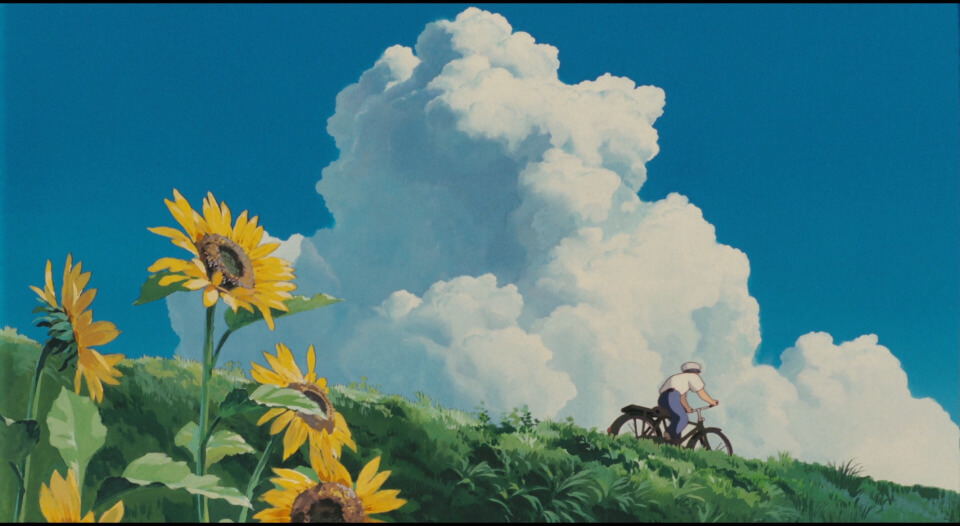
Returning to Ghibli
It hasn’t been until my adult life that I’ve begun to watch (and inevitably fall in love with) Studio Ghibli’s collection of animated films. The only one I saw as a child was Spirited Away (2001), and although I think it’s a masterpiece now, I distinctly remember being nothing short of traumatized by the early scene in which Chihiro’s parents are turned into pigs by an evil witch. (It even caused me to have muddy nightmares in which my own parents were similarly transmuted—a thing I didn’t know to be afraid of until I saw it on-screen.)
A little older and a little braver, I first reentered the catalog with a targeted interest in the mechanics of the animations. Having begun dabbling in my own little frame-by-frame experiments, I wanted to study films I already knew to be beautiful to see what I might be able to take away into my own work. However, beyond a deep appreciation for the drawing in these films, I continually find myself coming away with much more. This was especially true of My Neighbor Totoro.

Sisters, Soot Sprites, and Totoros
The central relationship in the film is that of Satsuki and her younger sister Mei, voiced by real life sisters Dakota and Elle Fanning (English version). In an otherwise fantastical setting, Satsuki and Mei’s relationship is grounding in its realism. They tease and misunderstand one another, of course, but I was particularly touched by the way Satsuki cares for Mei in their mother’s absence. It’s Satsuki’s determined adult-ness (the preparing of bento box lunches for Mei and her dad, the writing of letters to her mother in the hospital) and Mei’s constant mirroring that reminded me so much of myself and my own younger sister, K. The duo are dynamic and heartwarming; the joy that they share in their adventures is contagious.
Equally delightful are the fantasy creatures in this film that “haunt” the Japanese bungalow the sisters and their father move to in the countryside: the scurrying soot sprites at the outset and, of course, the acorn-collecting Totoros—small, medium, and large—each more lovable than the last.
Finally, the setting in which their encounters take place serve to make the narrative all the more charming. What I wouldn’t give to ride my bike through the rice paddies to that little secluded bungalow with its many sliding shoji screens and windows to pump water from the ground or to take a bite of one of Grannie’s fresh vegetables cooled by the running stream…

I am grateful to the great Hayao Miyazaki and Studio Ghibli for creating a world in which my mind is still wandering days after watching the film. It is rare to find a story so imbued with wonder and whimsy so as to make one feel like a child all over again. And to be clear, I will be watching this one over and over again, and will hopefully someday share it with a child of my own.
